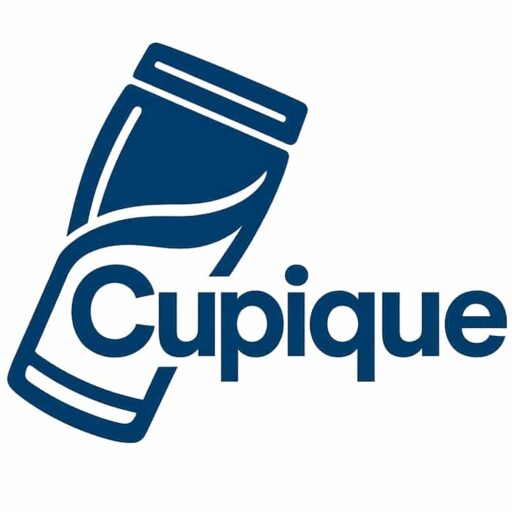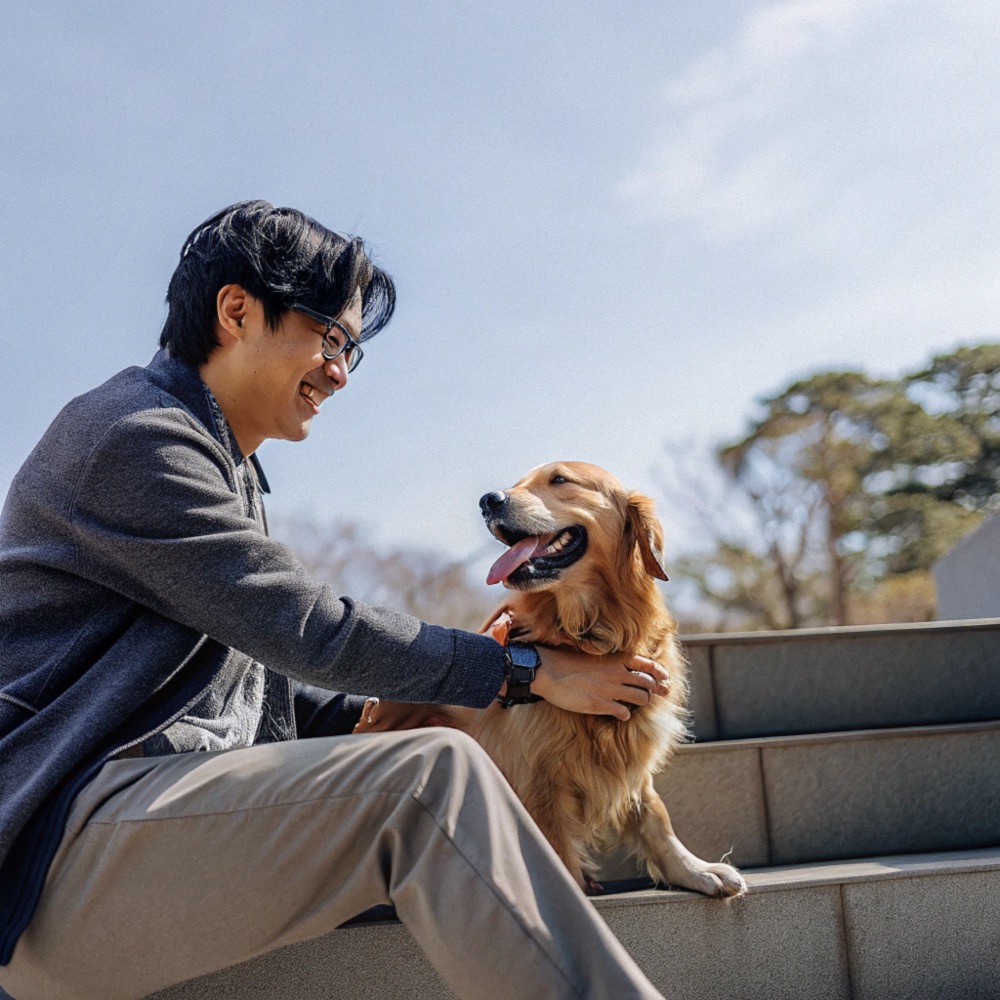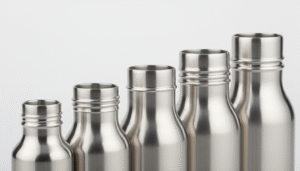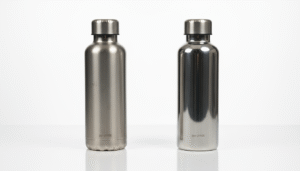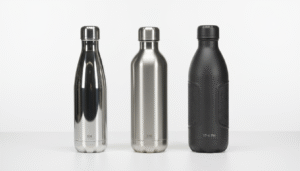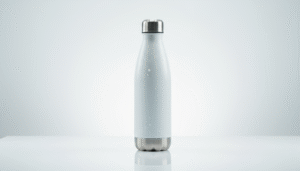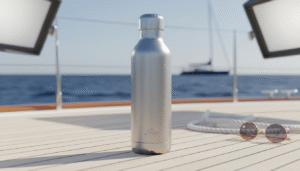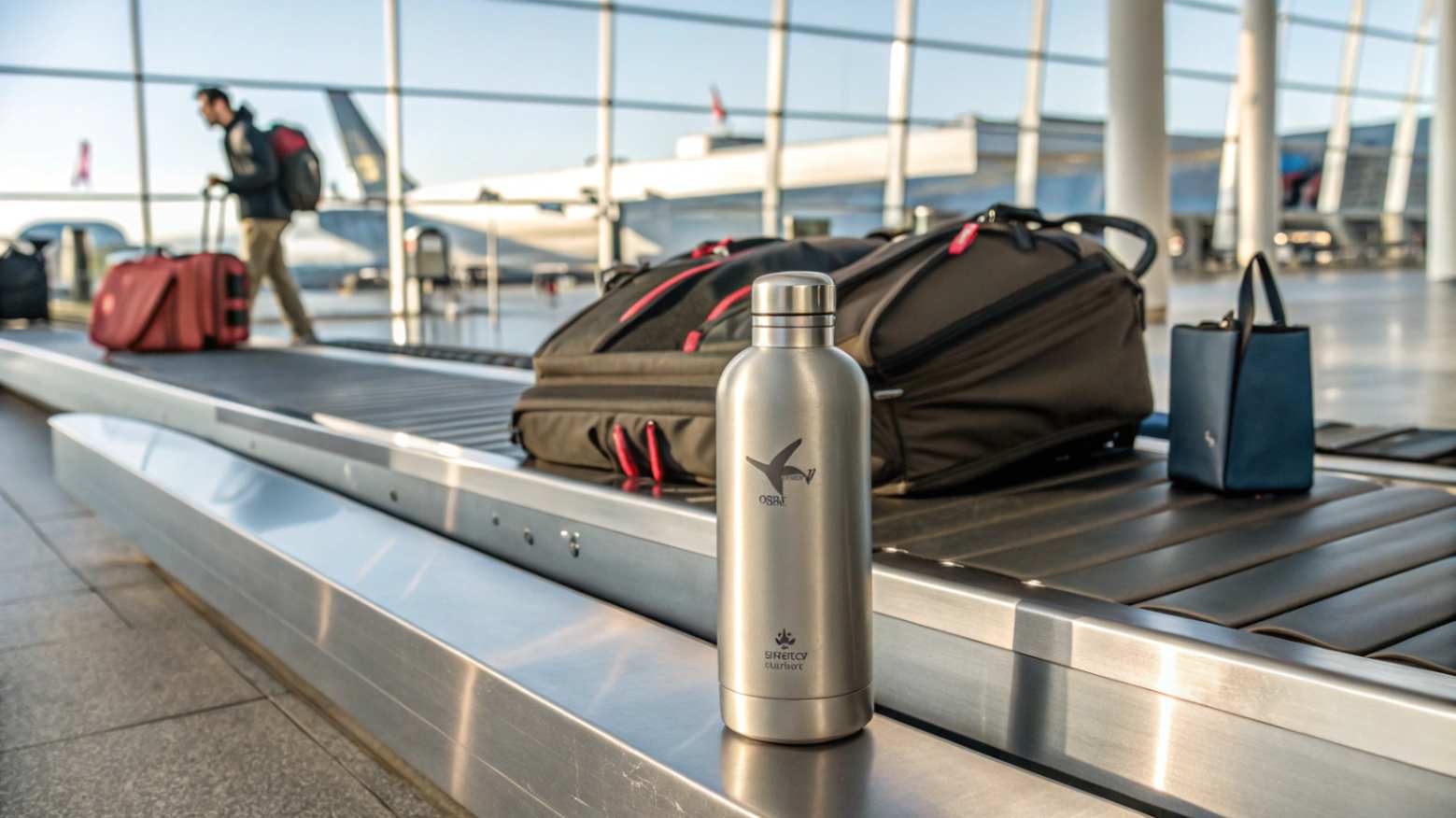
Yes, you can bring a water bottle on a plane, but it must be completely empty when passing through security. The TSA's 3-1-1 liquid rule prohibits any liquid over 3.4 ounces (100ml), but empty reusable bottles are perfectly allowed.
As someone who travels frequently for business meetings with retailers across different countries, I learned this lesson the hard way. My first international trip cost me $8 for a small water bottle at the gate. That's when I realized the importance of understanding these rules.
You can bring an empty water bottle on a planeTrue
The passage states that empty reusable bottles are allowed through security.
You can bring a full water bottle on a planeFalse
The passage states that the TSA's 3-1-1 liquid rule prohibits liquids over 3.4 ounces, so full water bottles are not allowed.
Understanding TSA Liquid Rules
Most travelers get confused about what liquids they can actually bring through airport security. The rules seem complicated but they're actually quite simple once you know them.
The TSA follows the 3-1-1 rule: liquids must be in containers of 3.4 ounces or less, fit in 1 quart-sized bag, and 1 bag per passenger.
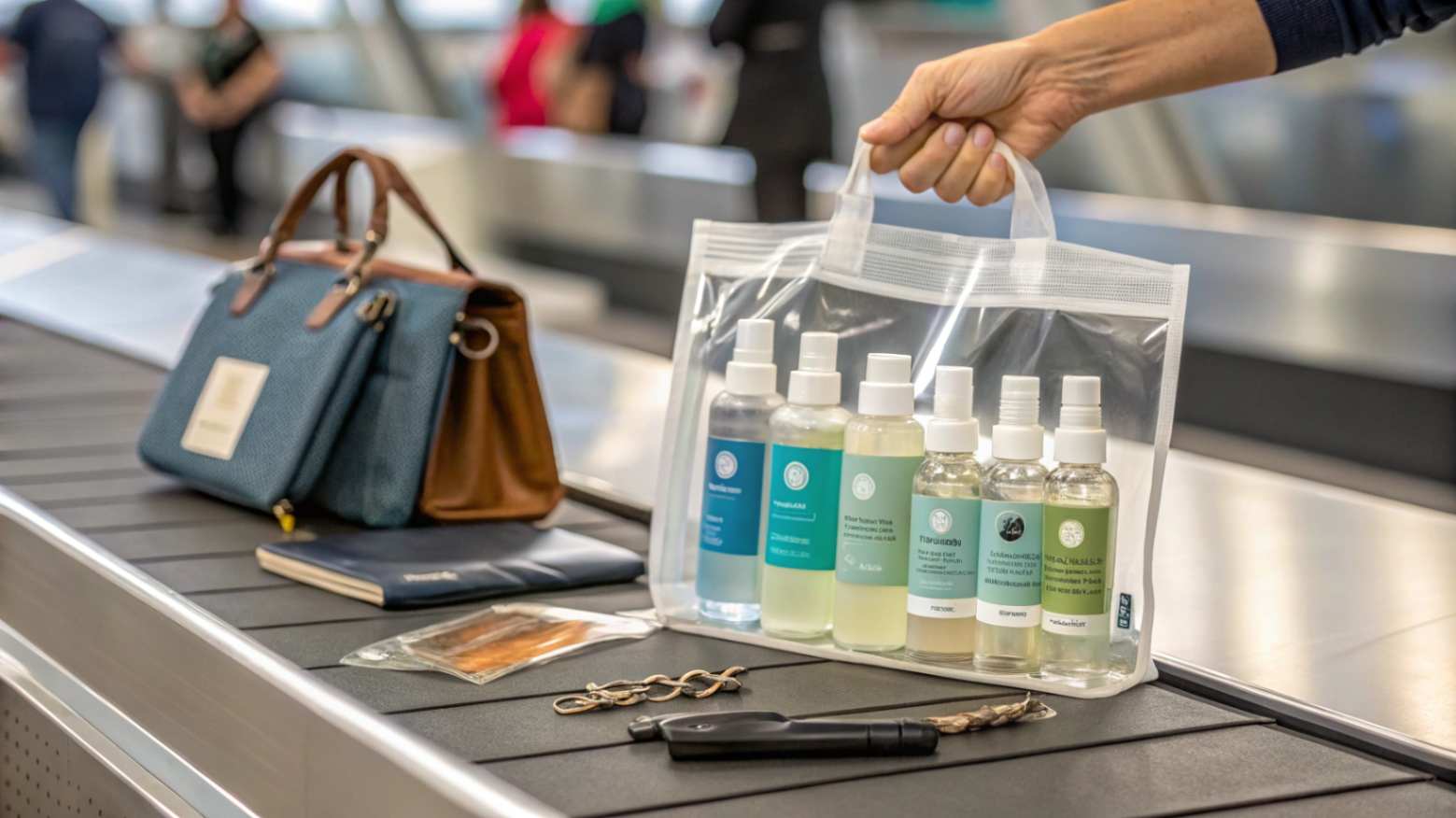
The 3-1-1 rule exists for security reasons that go back to 2006. I remember when these restrictions first started - it was a major change for frequent travelers like myself. The rule applies to all liquids, gels, and aerosols in your carry-on luggage.
What Counts as a Liquid?
The TSA considers many items as liquids that you might not expect:
| Item Type | Examples | TSA Status |
|---|---|---|
| Beverages | Water, juice, coffee | Must be under 3.4 oz |
| Gels | Toothpaste, hair gel | Must be under 3.4 oz |
| Creams | Lotion, sunscreen | Must be under 3.4 oz |
| Aerosols | Deodorant, hairspray | Must be under 3.4 oz |
Why Water Bottles Are Different
Empty water bottles fall into a special category. They're not liquid containers when empty - they're just containers. This distinction makes all the difference. The TSA allows empty bottles of any size because they pose no security risk.
When I first learned this rule, it changed how I pack for every trip. Instead of buying overpriced airport water, I started bringing my own empty bottles. This simple change saves me money and helps the environment.
Liquids in containers of 3.4 ounces or less are allowed through airport securityTrue
The 3-1-1 rule states that liquids must be in 3.4 ounce or smaller containers.
Passengers can bring more than one quart-sized bag of liquids through securityFalse
The 3-1-1 rule limits passengers to 1 quart-sized bag of liquids.
How to Bring Your Water Bottle Through Airport Security
The process seems tricky at first, but once you know the steps, it becomes second nature. I've done this hundreds of times without any issues.
Follow these simple steps: empty your bottle completely before security, place it in a bin during X-ray screening, and refill it at water fountains after passing through.
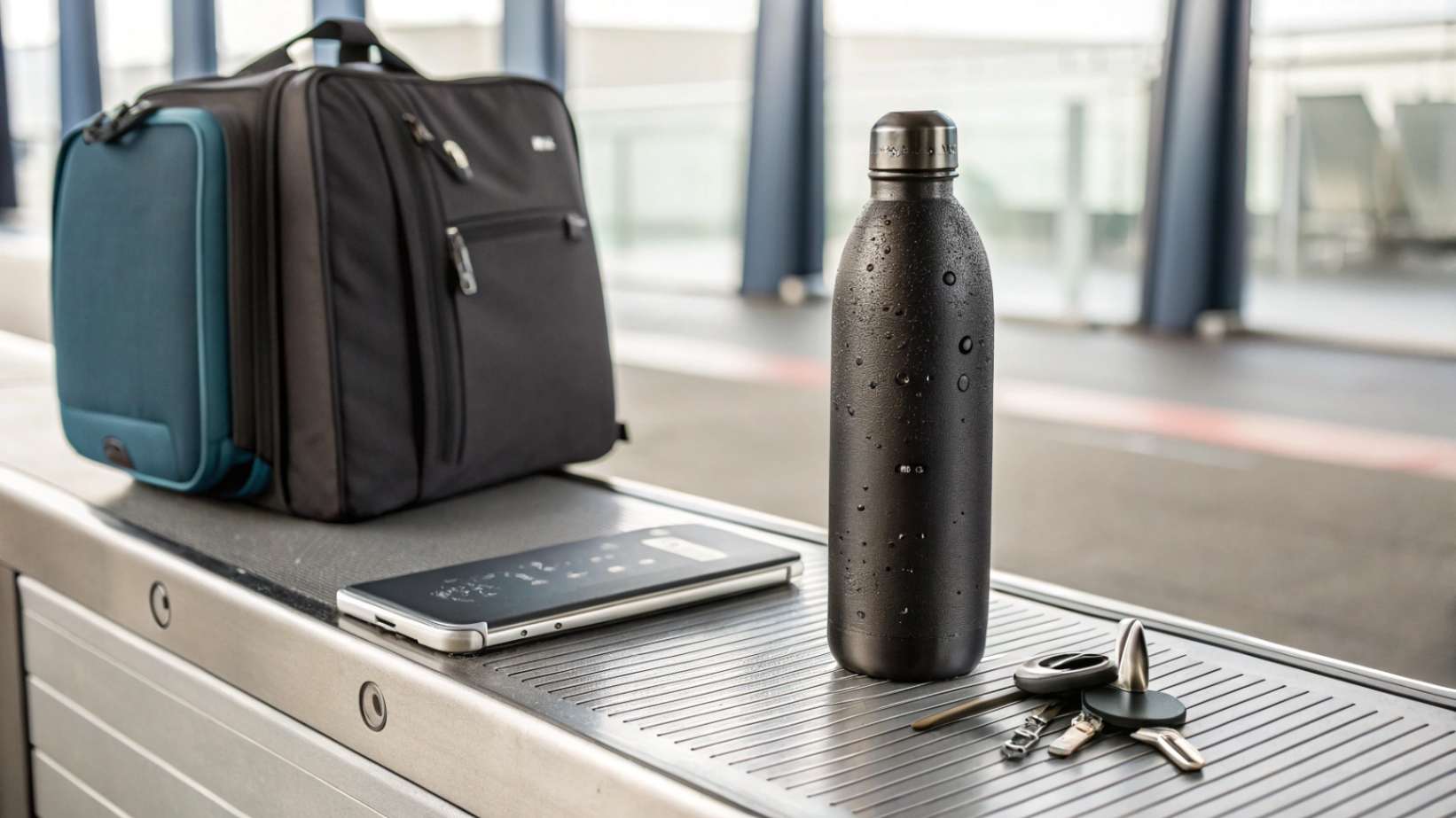
The key is preparation and timing. I've watched travelers hold up security lines because they forgot to empty their bottles. Don't let this happen to you.
Step-by-Step Security Process
Here's exactly what I do every time I travel:
Before Security
- Empty your bottle completely - Even a few drops can cause problems
- Remove the cap - Some security agents prefer this
- Keep it easily accessible - Don't bury it deep in your bag
At Security
- Place the bottle in a separate bin - Don't leave it in your carry-on
- Put it through the X-ray machine - Security will scan it like any other item
- Retrieve it after screening - Grab it with your other belongings
After Security
- Find a water fountain - Most airports have them near gates
- Fill your bottle - Take your time to fill it completely
- Enjoy free water - Stay hydrated throughout your flight
Common Mistakes to Avoid
| Mistake | Why It Happens | How to Fix |
|---|---|---|
| Forgetting to empty bottle | Rushing through packing | Check before leaving for airport |
| Leaving bottle in bag | Not knowing the rule | Always remove for separate screening |
| Bringing frozen water | Thinking ice doesn't count | Ice melts and becomes liquid |
I've seen people try to argue with TSA agents about these rules. Save yourself the hassle and follow them exactly. The agents are just doing their job and keeping everyone safe.
Empty water bottles can pass through airport securityTrue
As stated, empty water bottles can be brought through security by following the steps.
You cannot refill your water bottle after passing through securityFalse
The passage states you can refill your water bottle at water fountains after passing through security.
What Are the Benefits of Bringing an Empty Water Bottle
Many travelers don't realize how much money they waste buying airport beverages. The financial benefits alone make this worth doing every single trip.
Bringing an empty water bottle saves you $5-10 per trip, reduces plastic waste, and ensures you always have water available during long flights.
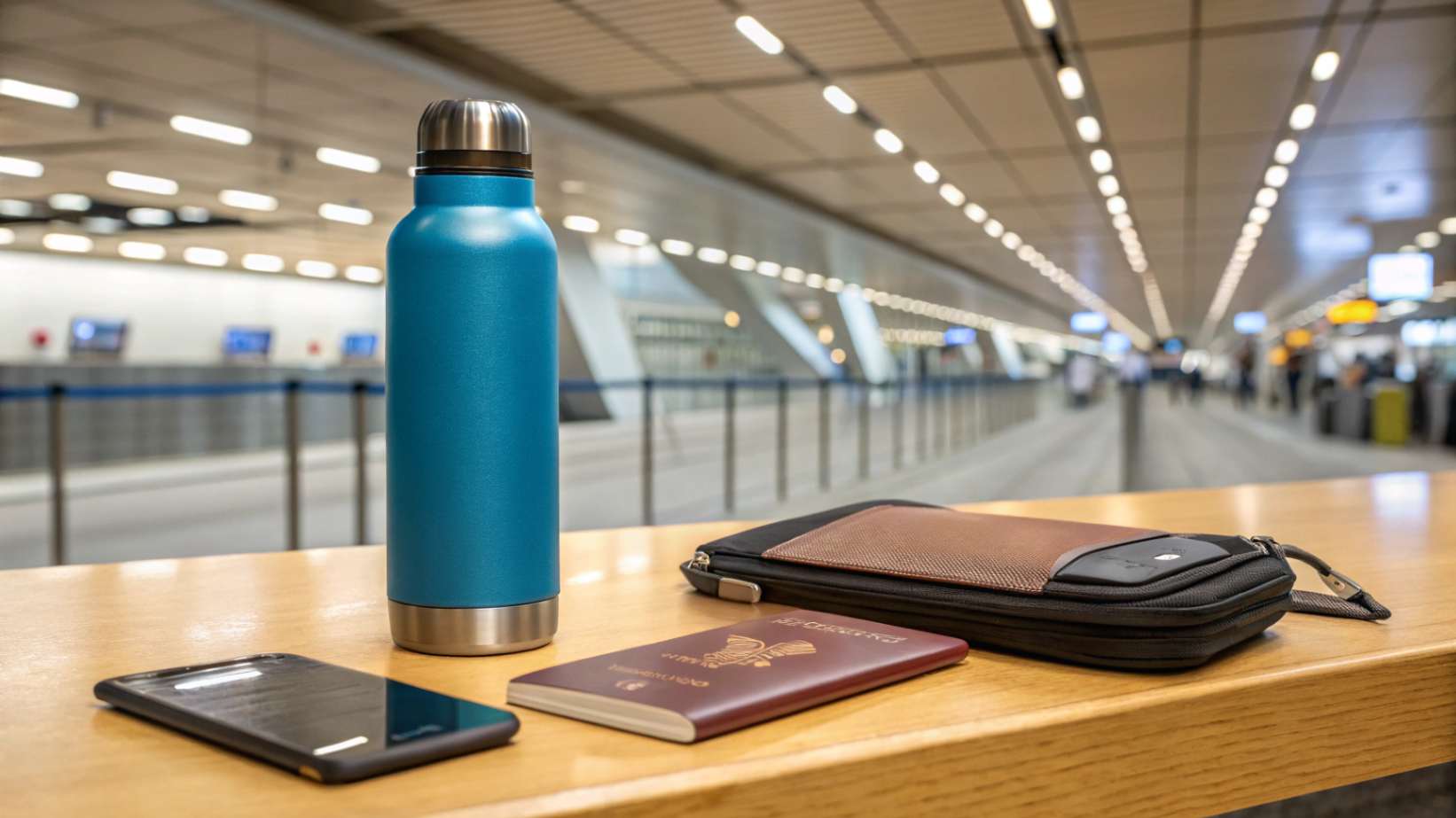
From my experience visiting airports worldwide, I can tell you that beverage prices are consistently high everywhere. A simple bottle of water costs more than a full meal in some countries.
Financial Benefits
The numbers speak for themselves. Airport water typically costs between $3-8 per bottle, depending on the location and size. If you travel just once per month, you're looking at $36-96 per year just for water.
Cost Comparison Analysis
| Location | Airport Water Price | Annual Cost (12 trips) | Savings with Reusable Bottle |
|---|---|---|---|
| US Domestic | $3-5 | $36-60 | $36-60 |
| International | $5-8 | $60-96 | $60-96 |
| Premium Airports | $6-10 | $72-120 | $72-120 |
Environmental Impact
As a manufacturer in the stainless steel bottle industry, I see the environmental benefits daily. Single-use plastic bottles create massive waste that ends up in landfills and oceans.
Environmental Facts
- 500 billion plastic bottles are used worldwide each year
- 1 million plastic bottles are purchased every minute
- 91% of plastic bottles are not recycled properly
When you bring a reusable bottle, you're part of the solution. Each trip with your own bottle prevents one plastic bottle from entering the waste stream.
Health and Convenience Benefits
Airport and airplane water quality varies significantly. With your own bottle, you control what you drink. Plus, flight attendants are often happy to refill your bottle during long flights.
I always bring one of our vacuum insulated bottles on flights. The double-wall construction keeps drinks cold for hours, even in hot airplane cabins. This makes long flights much more comfortable.
Bringing an empty water bottle can save money and reduce wasteTrue
Refilling a water bottle instead of buying overpriced airport beverages saves money and reduces plastic waste.
Bringing an empty water bottle guarantees you'll have water during flightsFalse
Having an empty bottle ensures the possibility of refilling it, but does not guarantee water will be available during flights.
Are There Any Special Exceptions to Consider
While the empty bottle rule is straightforward, some situations require special attention. Knowing these exceptions can save you from unexpected problems at security.
Special exceptions include baby formula, medications, and frozen liquids, but each has specific requirements and may need additional screening time.
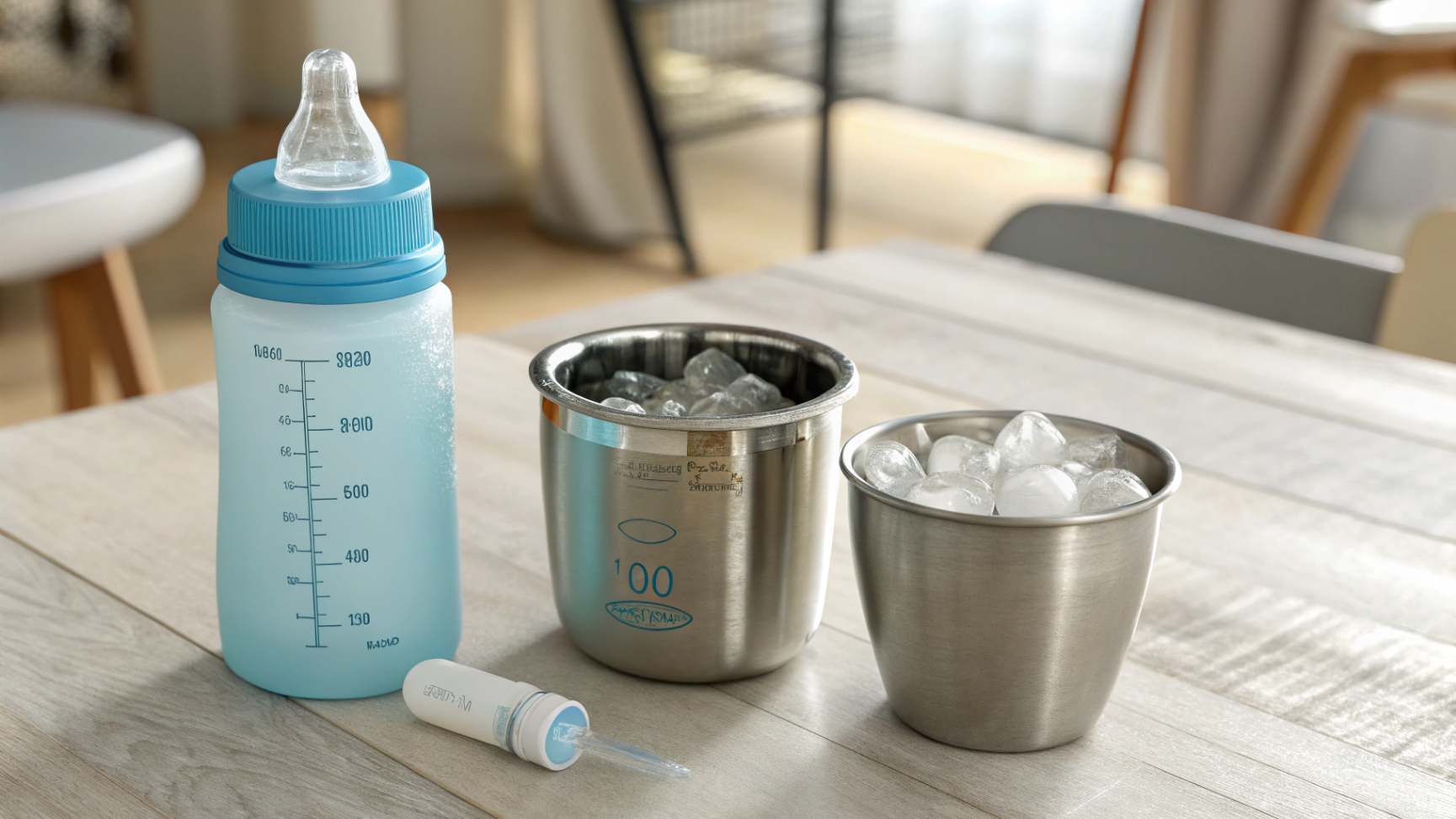
Over the years, I've encountered various situations that don't fit the standard rules. These exceptions exist for medical and practical reasons, but they require extra preparation.
Medical and Baby Formula Exceptions
The TSA allows certain liquids over 3.4 ounces for medical reasons and baby care. However, these require additional screening and documentation.
Medical Liquid Guidelines
| Liquid Type | Requirements | Screening Process |
|---|---|---|
| Prescription Medicine | Doctor's prescription or pharmacy label | Additional inspection required |
| Baby Formula | Reasonable quantity for trip | Must be tested or X-rayed separately |
| Breast Milk | Any amount needed | Subject to additional screening |
| Medical Saline | Medical documentation helpful | May require testing |
Frozen Water Considerations
This is where many travelers get confused. The TSA states that frozen liquids are allowed if they're completely frozen when screened. However, this creates practical problems.
The Frozen Water Reality
I've tried bringing frozen water bottles several times. Here's what actually happens:
- Partial melting during travel to airport disqualifies the bottle
- Security delays while agents determine if it's completely frozen
- Inconsistent enforcement between different airports and agents
My recommendation? Don't risk it. Stick with empty bottles for consistent, hassle-free travel.
International Travel Considerations
Different countries have varying liquid restrictions. While most follow similar rules to the TSA, some are stricter or have additional requirements.
Key International Variations
| Region | Liquid Limit | Special Notes |
|---|---|---|
| European Union | 100ml | Similar to US rules |
| Australia | 100ml | Stricter enforcement |
| Asia (varies) | 100ml | Some countries require bag removal |
| Middle East | 100ml | Additional restrictions on electronics |
When I travel internationally, I always research the destination country's specific requirements. This extra preparation prevents surprises at foreign airports.
Special exceptions exist for certain liquid items at securityTrue
The passage states that baby formula, medications, and frozen liquids have special exceptions and requirements.
All liquid items are prohibited at security without exceptionFalse
The passage explicitly states that there are special exceptions for certain liquids like baby formula, medications, and frozen liquids.
Conclusion
Bringing an empty water bottle on planes is simple, legal, and beneficial for your wallet and the environment.
